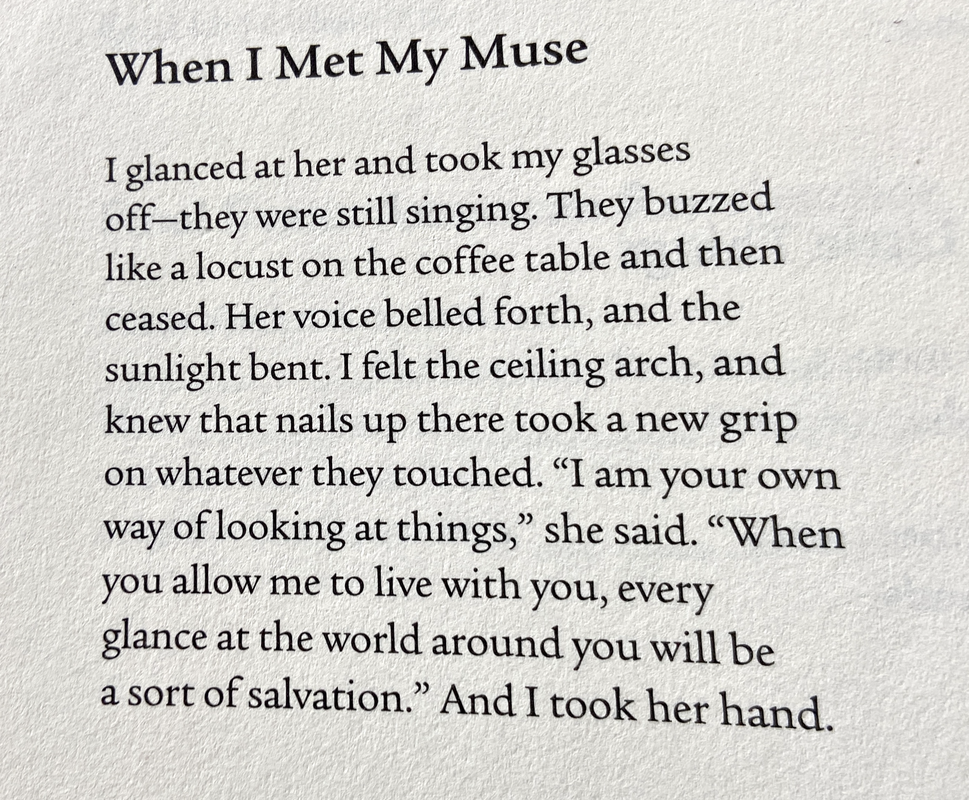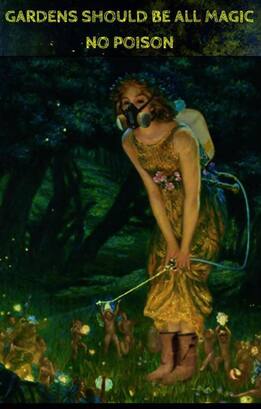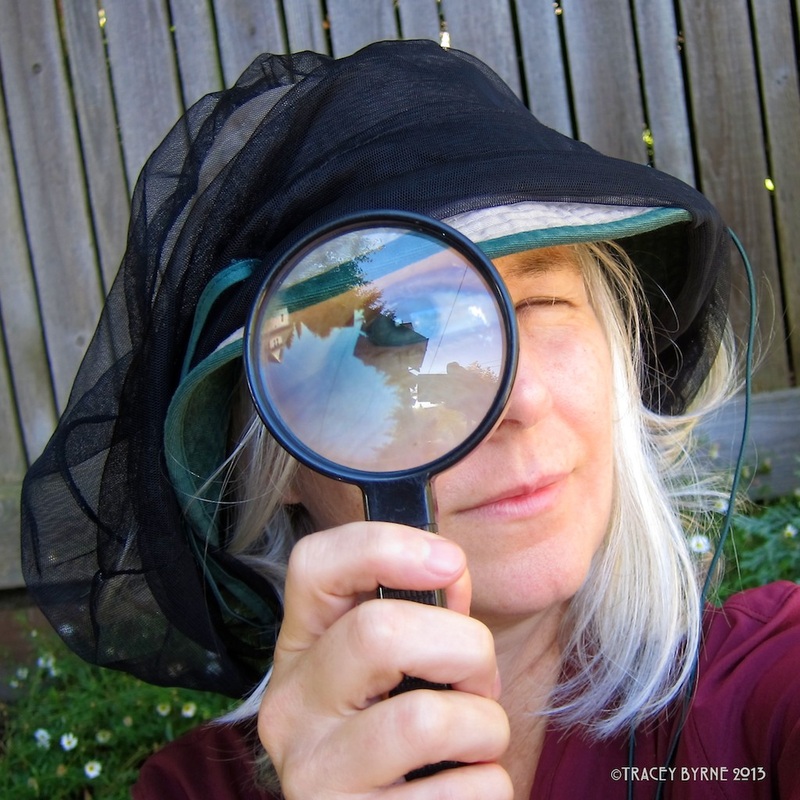 Nature Photo Book pick: WILD HONEY BEES by Ingo Arndt and Jurgen Tautz. Dive into the biodiversity of a healthy forest hive. The images are absolutely breath-taking. For beekeepers and beepeekers alike. Scientific Inquiry: If you ever wondered about the honeybee "dance language" hypothesis, you need to read this wonderfully readable and thoroughly researched book.
Wilding: the return of Nature to a British FarmI devoured this book in three days and highly recommend it as a source of Earth Day inspiration. Due to the fact that I need to go play in my garden, I offer you this book review from Amazon :^) In Wilding, Isabella Tree tells the story of the ‘Knepp experiment’, a pioneering rewilding project in West Sussex, using free-roaming grazing animals to create new habitats for wildlife. Part gripping memoir, part fascinating account of the ecology of our countryside, Wilding is, above all, an inspiring story of hope. Forced to accept that intensive farming on the heavy clay of their land at Knepp was economically unsustainable, Isabella Tree and her husband Charlie Burrell made a spectacular leap of faith: they decided to step back and let nature take over. Thanks to the introduction of free-roaming cattle, ponies, pigs and deer – proxies of the large animals that once roamed Britain – the 3,500 acre project has seen extraordinary increases in wildlife numbers and diversity in little over a decade. Extremely rare species, including turtle doves, nightingales, peregrine falcons, lesser spotted woodpeckers and purple emperor butterflies, are now breeding at Knepp, and populations of other species are rocketing. The Burrells’ degraded agricultural land has become a functioning ecosystem again, heaving with life – all by itself. Personal and inspirational, Wilding is an astonishing account of the beauty and strength of nature, when it is given as much freedom as possible.
I just finished reading The Salt Path by Raynor Winn and I’m halfway through The Wild Silence which is equally engaging. Raynor and her husband Moth have been whiplashed by circumstances out of their control: betrayed by a friend, they are evicted from their beloved home after a three-year legal comedy of errors--which is catastrophic--but dwarfed by the news that Moth is dying of an incurable degenerative disease.
What to do whilst figuring out what to do? As they are packing up their home they come across Paddy Dillon's guide to The South West Coast Path and they think "why not?" In their youth they were avid hikers and wild campers and the 630-mile Salt Path is calling to them. As Raynor recounts their physical and emotional journey along the Salt Path, you are drawn into their encounters with the seabirds and meadow animals, people on the path and in the villages, and the odd and unusual occurrences that she and Moth experience as they navigate their grief and plot their future. Bookends: two years ago I discovered two books by Cheryl Strayed which came into my life at a critical time--Wild: From Lost to Found on the Pacific Crest Trail and Tiny Beautiful Things: Advice on Love and Life from Dear Sugar. Together, these four books have been like good friends supporting me on my own salted path. I am grateful for these women who write of loss, love, betrayal, truth, healing, and the transformative power of nature. "Loss sets you free. In the empty void it leaves anything can happen." R.W. Note: I listened to the audiobooks which are read by the author(s). I also purchased the books and Raynor Winn's covers are illustrated by Angela Harding. WHAAAAAAAAT? According to Ancient Greek mythology winged and clawed bird-women lured sailors to destruction through the power of their song...How and why did these monster bird women get transformed into sexy mermaids? "Avian symbolism in the Greek imagination was relatively common. In ancient mythology, birds were used to represent everything from oracles, enchantresses, messengers of deities, and mediators between the human world and the supernatural realm." C. Hastings 2/11/19 Intrigued? Check out Audubon's Sirens of Greek Mythology were Birds not Mermaids and this from Vice: Sirens Are Actually Bird-Bodied Messengers of Death, Not Sexy Mermaids Keep Asking Questions!
A thick plume of smoke is beginning to blanket Puget Sound for the weekend. It is eerily quiet and I have seen no birds. The sun did not come up today, not even the red ball that we could see through the haze yesterday. It is a sickly yellowish and thick looking sky, i.e. something out of a dystopian movie. The levels of pollutants is in entering the very unhealthy-hazardous range. This, on top of everything...and for us it is just smoke, not raging wildfires, in our backyards. Another week of this before we get a bit of rain to reboot our atmosphere which means no going for my daily walk or tending my garden---because it's too dangerous to be outside breathing the air! until then...quarantine within the quarantine. Sigh. I am knitting to soothe my soul and enjoying catching up on some good reads, including: To find out what Annabelle is knitting-click here
Book Review: I was delighted to have the opportunity to preview A Natural History of Fairies by Emily Hawkins and illustrated by Jessica Roux. A Natural History of Fairies takes these elusive creatures into a truly wondrous realm with scientific information presented in a playful manner--a cross between Cicely Mary Barker’s Flower Fairies and The Magic Schoolbus. The Natural History of Fairies is presented as the field journal of Aunt Elise, a botanist who traveled the world from 1890s-1920s. Under the guise of learning about fairies, readers are drawn into the very real and varied natural histories of a host of flora and fauna. We are treated to scientific drawings, observational charts, and notes as we are given a peek into the lives of fairies. The Natural History of Fairies reminds us that we need to be aware of how our actions impact the natural world, and it does this without being cloying or pedantic. Instead, it invites fairy-finders to enjoy the beauty and wonder that is hiding in their backyards and neighborhoods. This book will entice you to venture into the magical realm. The Natural History of Fairies will be published soon, on September 29...so, since I cannot share images, here are two other fairies I have loved: the Blackthorn fairy by Cicely Mary Barker and an update version of the classic midsummer eve by Edward Robert Hughes. We do not have Satin Bowerbirds in our neighborhood, but they are distant cousins of our crows and ravens. I am entranced by their bower building and use of color to attract a mate. Satin Bowerbird by Bert Kitchen :: from And So They Build  The bowerbird especially loves the color blue and will make use of discarded bottle caps and plastic straws, as well as toothbrushes, clothespins, and other garbage. An amazing bird that is able to turn trash into art . Australian printmaker Rachel Newling has lovely linocuts and engravings; while looking for artistic rendering of bowerbirds, I came across her flying foxes...she has cards available too.
I am excited to share the link to my article, published Spring 2019 in Pacific Horticulture.
With everyone quarantined and staying at home, this is a wonderful opportunity to dig into your soil and to nourish your relationship with the flora and fauna in the neighborhood. Now, get outside and enjoy that spring sunshine! |
AuthorTracey Byrne~ Categories
All
Archives
June 2024
|


























 RSS Feed
RSS Feed
